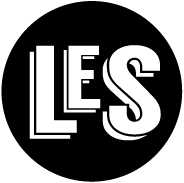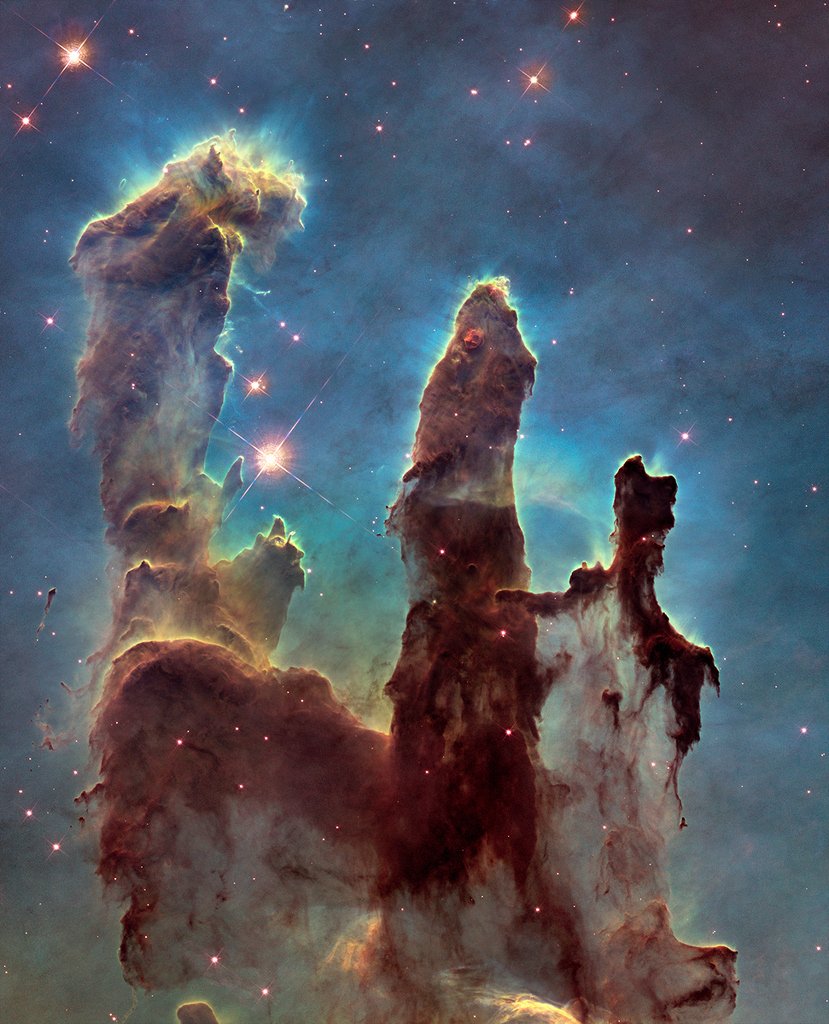Chapter 7
“An Incident”
AUTHOR: Yes, here I am again, butting into my story. It’s just that in my reality I chanced upon (or was it chance?) two sources yesterday that bear down (more or less) on what’s being attempted here. The first is in a book called Light from Light by Bishop Robert Barron, one of my favorite contemporary theological writers. Though the work purports to be an introduction to the meaning of the Nicene Creed, I decided to begin the sample that Amazon sent. Whoa, Isme! as the Prophet didn’t say to his horse. I was so taken with the beginning of the text that I immediately bought the book and started in reading for real.
Of course the Creed begins with “I believe in one God….” The point here is Bishop Barron’s explanation of God [the quotes are in brackets]:
[“One God”
So, what is this “thing” that is the principal object of the act of faith? Perhaps the most basic observation we could make is that it (he) is not really a thing at all. Whatever we mean by the word “God,” we do not intend one finite reality among many, not the “supreme being” in any conventional sense of that term. We intend that which brought (and brings) the whole of finite reality into being, that which transcends even as it remains intimately close to all that can possibly be seen or measured.]
That explanation of the Christian’s understanding of God, said very nicely, is what I was earlier trying—not half so well—to define regarding the creator: “the whole of finite reality.” What a marvelous phrase! That includes everything from M 31 to the flea riding on our dog’s butt, including those pesky ants and mosquitoes, from quarks to the “Pillars of Creation” in the Eagle Nebula. Got it!
The second thing was an essay I found in one of the current editions of “The Catholic Thing”: “The Color of Dinosaurs” by Michael Pakaluk, Wednesday, October 26, 2022 [the entirety of this long quote is also bracketed]:
[A sentence in Chateaubriand’s Genius of Christianity, truly one of the masterworks of apologetics, caught my attention recently: “God might have created, and doubtless did create, the world with all the marks of antiquity and completeness which it now exhibits.”
He stated this in the course of arguing that, for all we know, the Biblical account of the world’s age, about 8,000 years, could be actually true. The difficulty posed by fossils and rock strata, he said, was easily dismissed and “has been solved a hundred times” on that principle.
Understand that Chateaubriand’s book almost single-handedly reversed the remaining anti-clericalism of the French Revolution. It inspired Victor Hugo and other great lights of the next generation to “become like Chateaubriand” and prepared the ground for the Catholic “intellectual renaissance” in France a few decades later.
But here he was adamantly affirming a “New Earth” hypothesis, which many in our generation regard as fringe lunacy. Worse, he supposed it was obviously true.
I thought about the principle of the matter. Which was “better” to create: something that begins entirely “new” and develops after it is created, or something that is created “old” already, with a past that is only implicit, not itself created?
We have a bias toward the former, I think, but why? Solely from familiarity with Darwin?
Surely, we must concede that God has the power to create something that carries a history with it already. Moreover, it wouldn’t be deceptive for Him to do so. We concede that God might create a mature human being, as Adam was supposed to be. But a mature human being presupposes a conception, development, and childhood. These would have to be solely attributed, not actually pre-existing, in the case of an Adam.
We concede that God might create fine wine, as at Cana, and yet without having created first its terroir, blending, and long maturation — all necessary to a fine wine. The wine at Cana was exquisite but not deceptive.]
AUTHOR: Yep, still here. Surely you see the applicability of Pakaluk’s interest, for every writer of a fictional world, except perhaps Tolkien and Laurence Sterne, must attribute a past to his characters and their world. In our case where and when did Godric learn to use a sword and fight? When and how did he learn to ride a horse? How does the creator account for magic mirrors that allow chapters to travel from one distant place to another, but there it is. How do you have a world wherein a shadow becomes a talking crow or a water nymph even exists? Perhaps I can shed some light on one or two of those concerns.
Godric was twelve when his father, the king, decided it was time for his son to graduate from pony to a mature horse, a fairly gentle stallion called Brew, for the stallion was the color of a fine amber mead. Ferric Hostler was the name of the stable master and the man assigned to teach Godric to ride his first real horse. Ferric was a kind but no nonsense teacher, who was always dressed in riding leathers. His age was indeterminate, his face craggy and coarse like the leathers he wore. He had dark eyes, a cleft chin and a firm jaw.
Godric was tall and muscular for his age. Ferric Hostler paid no attention to the fact that Godric was the young Prince, only that he was strong enough to carry a saddle and put it on a restless stallion’s back. Having quickly learned the proper way to accomplish that, Godric then, on the day in question, had to lead the horse into the corral outside the large stable that contained all the King’s horses, some twenty-five to thirty all told. Brew was one of the gentlest of the older war horses, though he was also a horse not to be trifled with, one that would suffer no mischief or lack of attention from his rider.
In the corral Ferric helped Godric mount into the well oiled and polished leather saddle. Since the corral was large, there was a well worn path inside the corral where many of the King’s guard had exercised and trained their mounts. At the present on that auspicious day, Godric’s twelfth birthday, there were only several stable boys, and none of the guard who were busy elsewhere with their assigned tasks.
Once Godric was properly mounted, secure in the saddle, and walking his horse carefully around the inside of the corral, Ferric returned to the stable’s darker interior and walked his stallion, Buckler, into the corral. “Well, your highness, young Prince, how does it feel to be so high in the air now and in control of such a well-muscled creature? If you are fairly comfortable in the saddle, we can take your first real ride into the field beyond, over the stream at the end of the meadow, and through the woods beyond.”
“It feels great, Ferric. I would like that. Thanks for your help,” the young Prince replied, properly deferential to the riding master. No one noticed the young crow sitting on the stable roof, staring down at the proceedings.
“All right,” said Ferric. “I’ll have the boy open the gate and let us out. Today we will just walk, not attempt anything more advanced. Be sure to pay attention to how you control your horse or you may be in for a short, swift and dangerous ride.” He chuckled as he looked over at the eager Prince.
“Okay, Brill,” Ferric called to the stable boy by the gate watching them. “Open it up, and be sure to secure it once we’re out.”
“Yes sir,” said the boy, swinging the gate open, while Ferric and the Prince walked their horses out into the field, following a well-worn trail through the meadow. No one noticed the dark shape circling above, its shadow on the ground around them. Slowly they made their way through the field and toward the stream at the end of the open land.
“When we get to the stream,” said Ferric, “we’ll let the horses have a short drink from the bank. Whatever you do, don’t let Brew go into the water, or you’ll have a difficult time getting him out. He’d stay their the rest of his life, if you’d let him.”
Of course, once they arrived at the stream’s bank, Brew neither stopped nor paid attention to his young rider’s yells of protest. The horse splashed into the middle of the water and began to drink. Ferric was silently laughing, his horse safely on the bank.
“You knew this would happen,” shouted the Prince. “What do I do now?” Brew stood in the middle of the shallow stream, noisily lapping up the cool water.
“First,” said Ferric, still laughing, “the horse knew you were inexperienced, because you were holding the reins too loosely. Brew decided he would take charge here and he did. So, let him drink a bit more, then tighten the reins, gently but firmly pull his head up and to the right. Keep the pressure there, and he should walk out. If he doesn’t we may have to either bury you both there or get a stout rope and pulley and six more men to haul you out. Just give it a try now.”
“Okay.” Godric did as Ferric told him and the horse turned his head and walked toward the bank.
“Not too hard on the reins or you’ll cut his mouth. That’s it. You’re doing well.” Brew stepped on to the bank, shook the water off his nose, and walked to the trail. The crow had settled into a tall oak tree near the stream and watched the young Prince’s antics from his high perch. Apparently, having seen enough, the black bird flew off toward the heart of the woods, one dark feather slowly spiraling its way to the ground.
Image: the Pillars of Creation in the Eagle Nebula, first seen through Hubble

